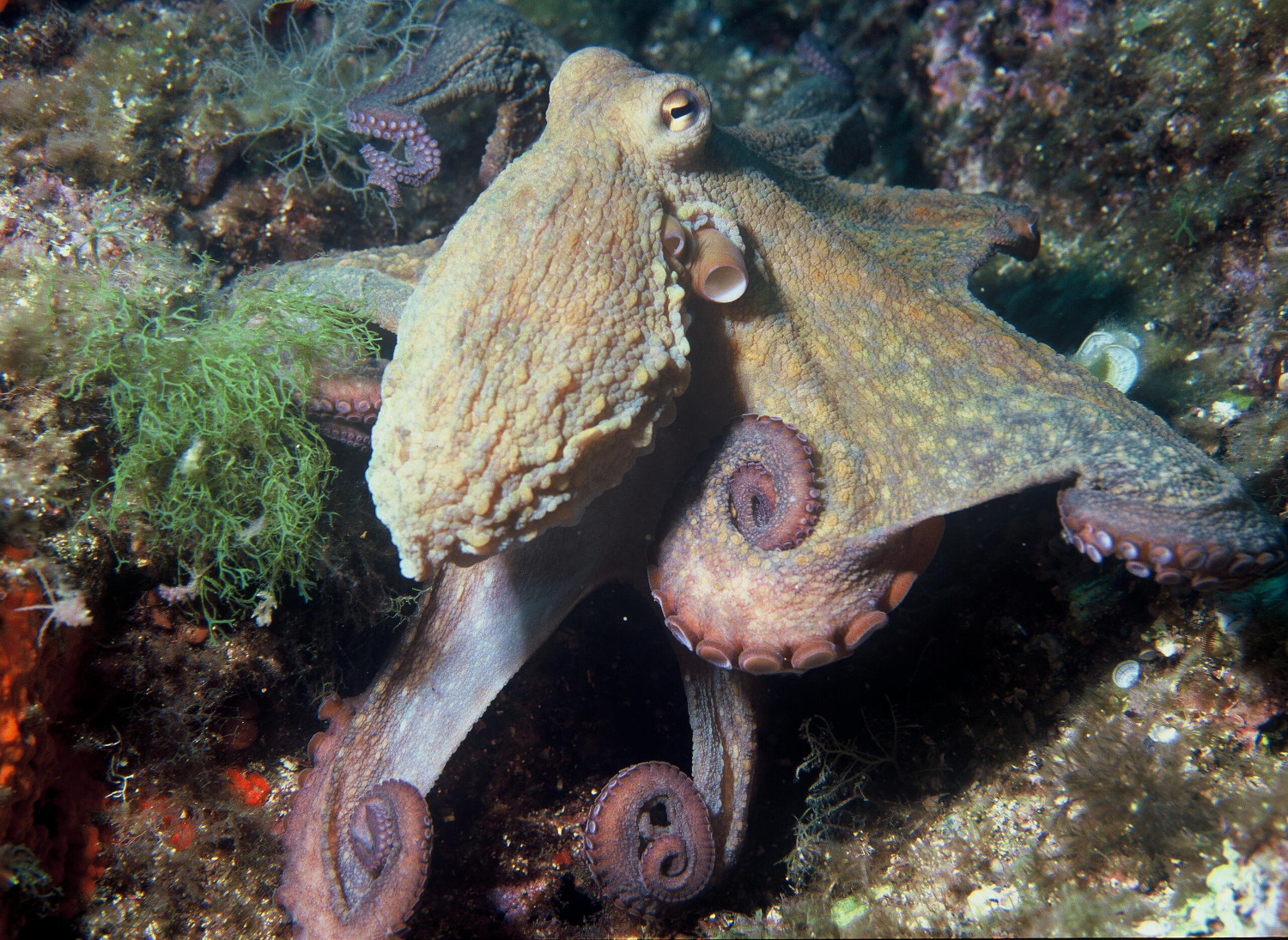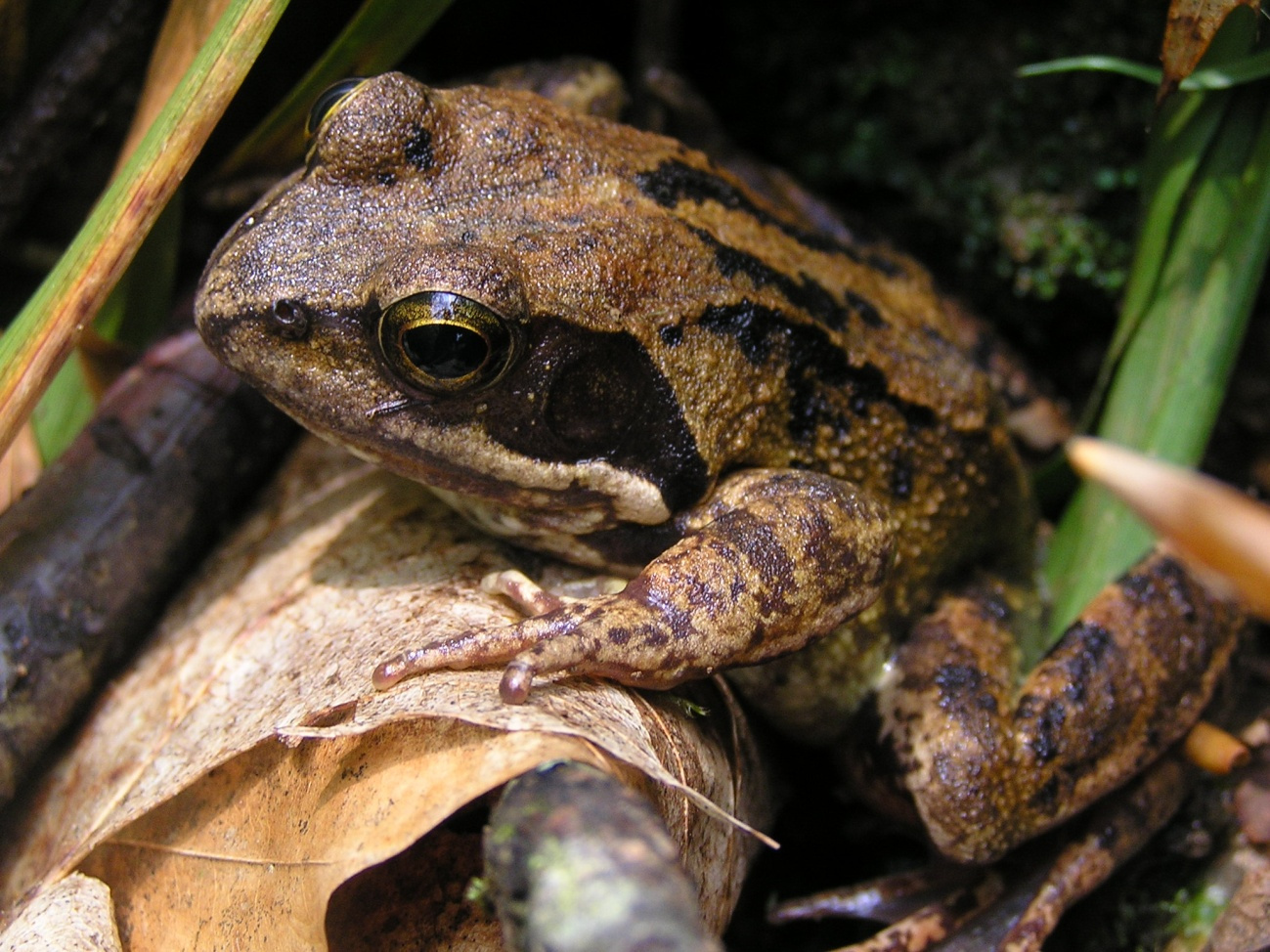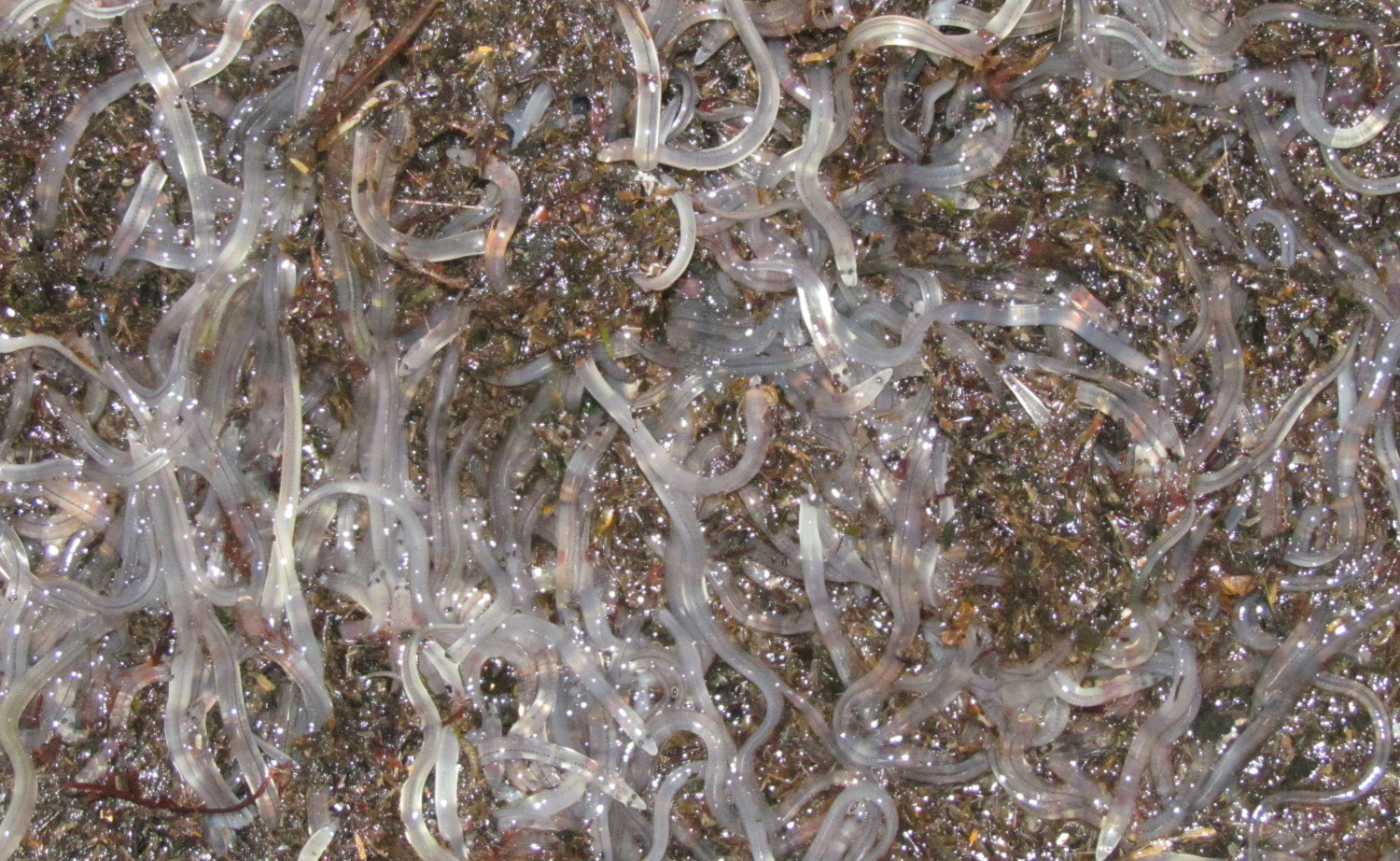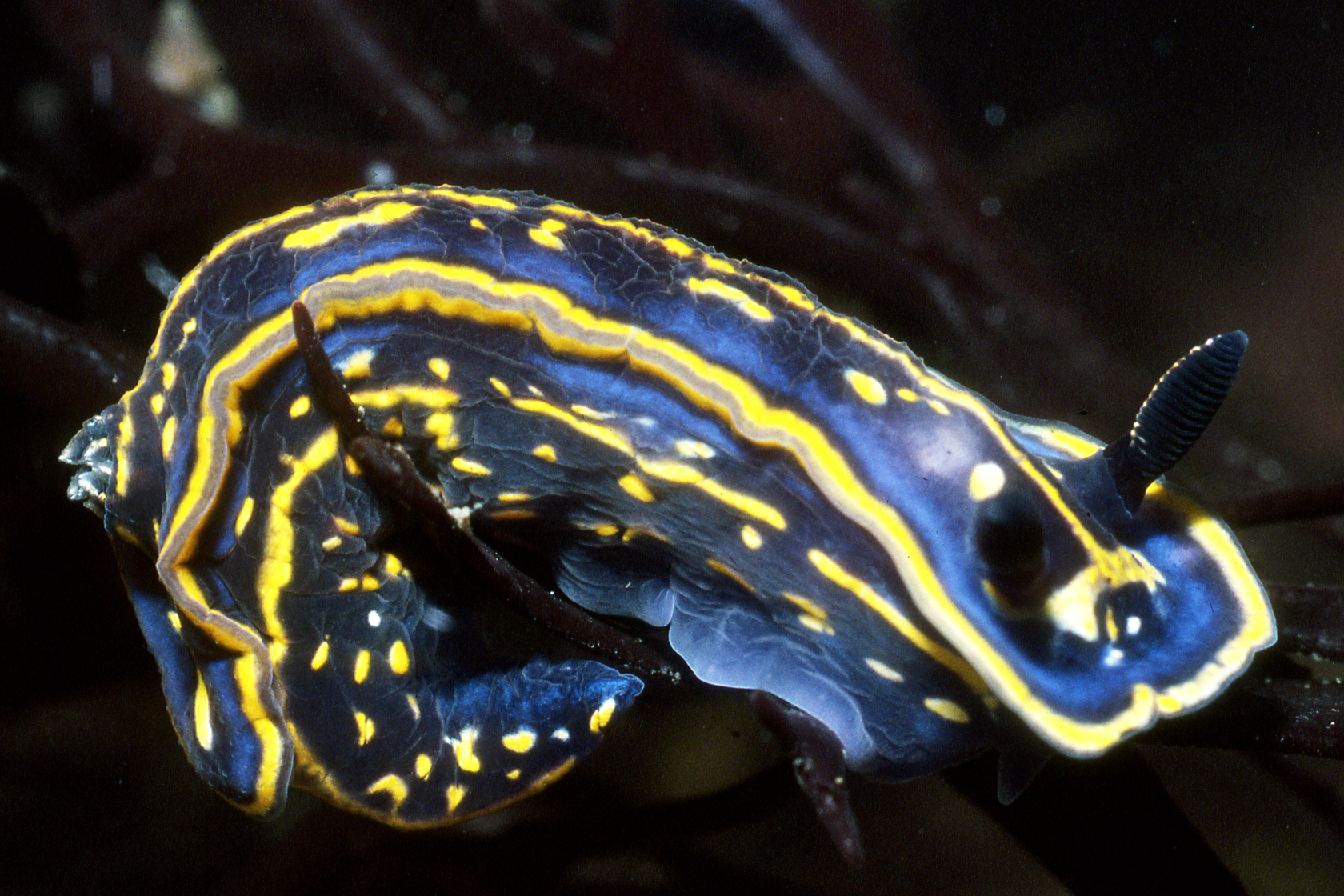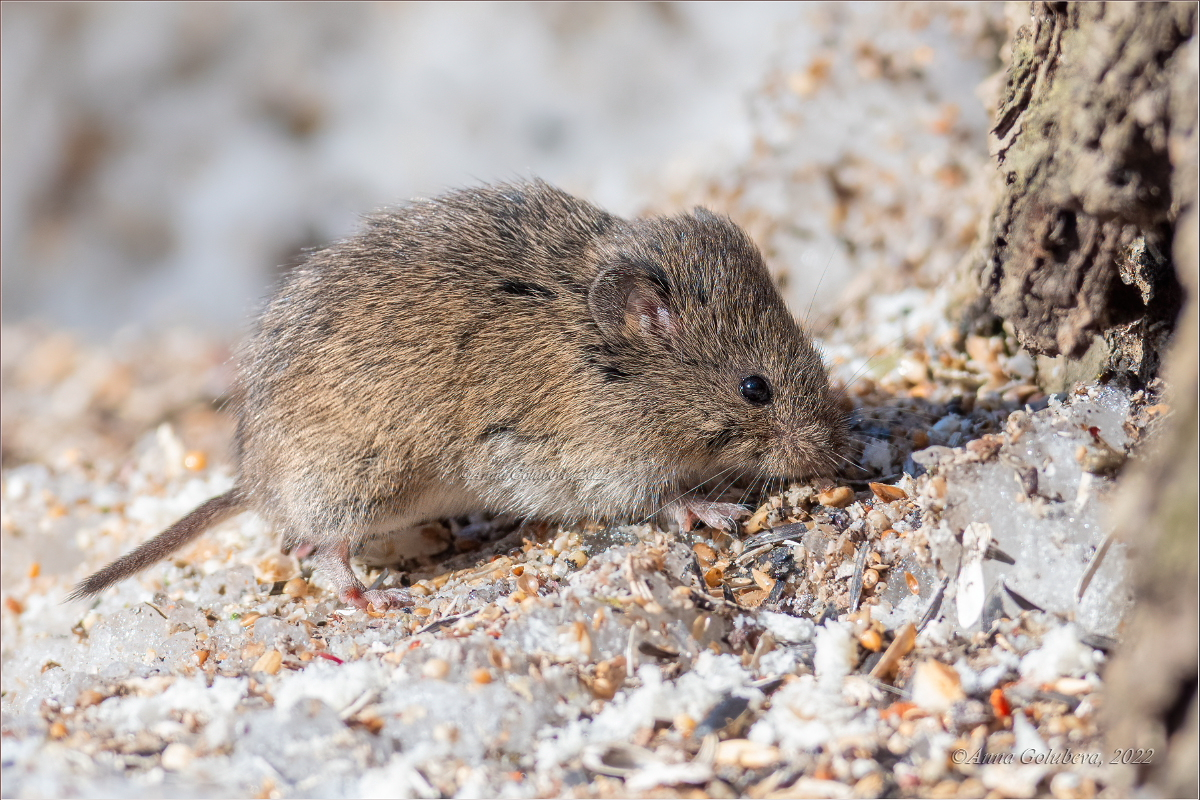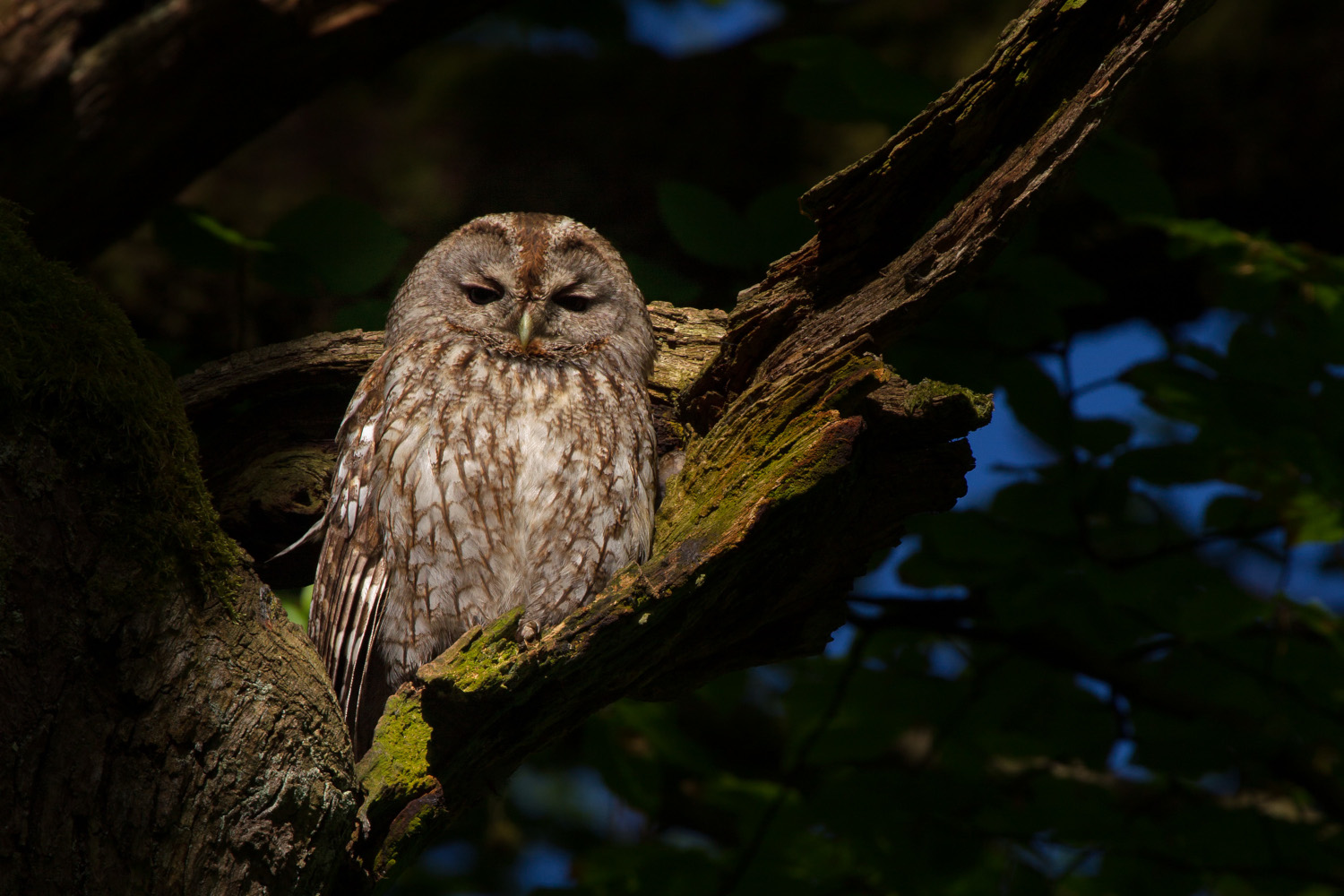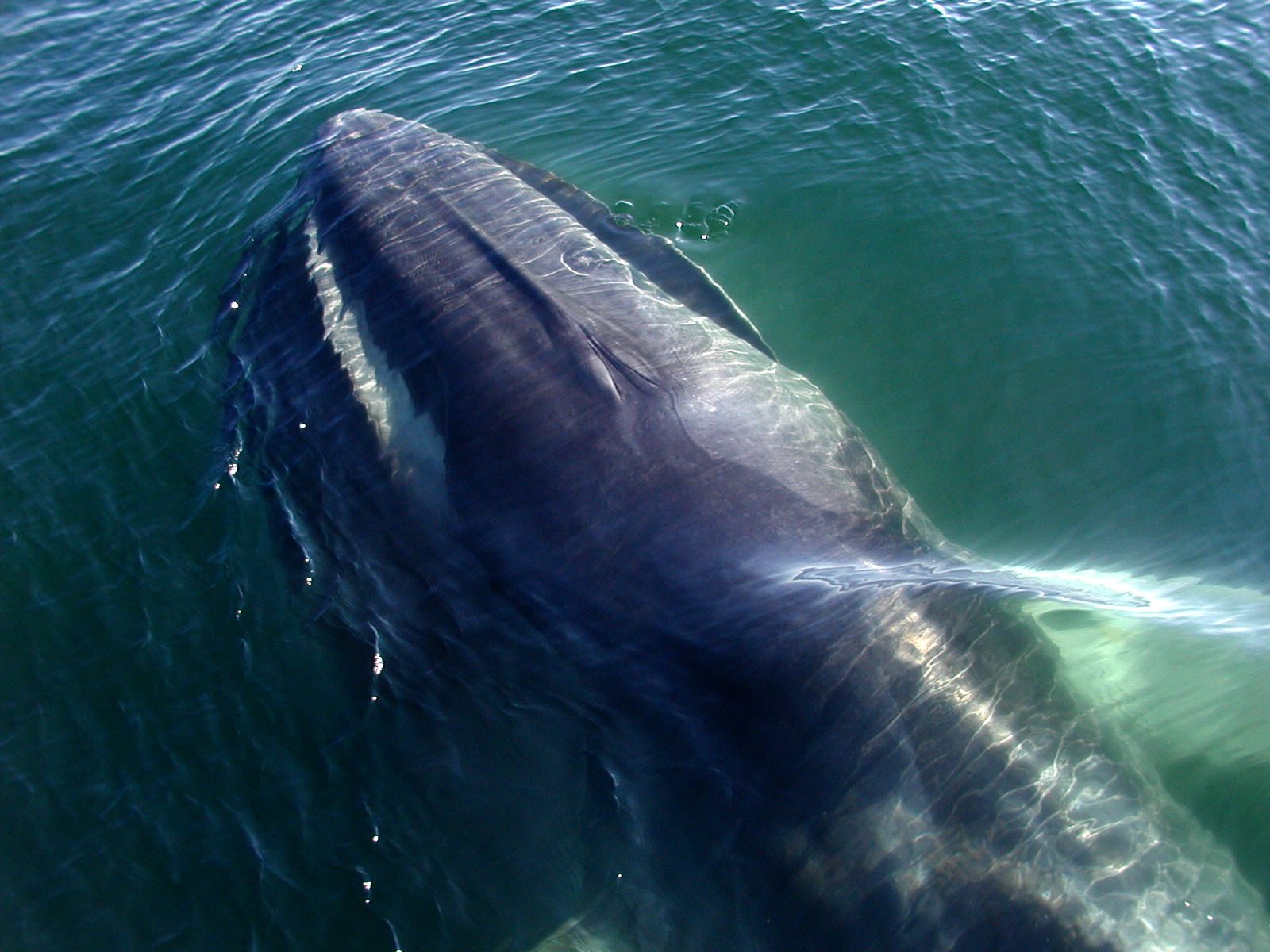Tourist not invited
- It was first seen in 2016 in the Catalan countries. Two years later, in 2018, entomologists Xanti Pagola and Imanol Zabalegui announced their presence in Gipuzkoa. And also name it in Basque! A few years have passed and I will not say that we have become accustomed to seeing them among us, but since their presence has been uneven in these years, we have to say that our first “traumas” have relaxed.
Let's first get to know this insect a little bit better. This low-stained chinche is Asian and has reached our lands “accidentally”, not because of a migration. Among us we have a lot of bug species from this family, some of which, like our protagonist, have the power to produce a disgusting smell when they are threatened. Its color is modest, camouflaging well, but in its antennas and legs (being an insect, it has six) it has very pronounced whitish stripes. It has the only system we have just mentioned to “cope”, so, apart from bad smells, we will not have to suffer any damage when we invite to leave the house. He's a skilled flyer, and sometimes a little tenacious, he comes back again and again to his old environment. While flying well, it's a skillful walker, and it's also ridiculous to see how it hides in front of us (plant, stick, or whatever) behind something.
It has no physical risk to human beings, as has been said, but it has caused economic damage in some places (such as Italy or Girona of the Catalan Countries). It does not feed on a single plant, which increases the chances of causing economic damage. It should be pointed out, however, that, for the time being, no such circumstance has been known among us. This insect complies with hibernation in adulthood, so when winter is hard, its population suffers more. At the end of summer or in the fall, it looks for a hibernation hibernation hibernation hibernation hibernation hibernation, like other insects (butterflies and a long etc.), and that's why we see it more often. In 2023, the presence of this cimace was very high, while in 2024 none was recorded. When a species arrives outside it takes a few years to see how the adaptation to the new place, in addition to the climatology, takes place to see how relations with other organisms are channeled. That is, how it combines in the trophic chain to see what its biological predators are among other agents and the pressure they exert. Not many years have passed – six, there are many to wait to see a friend, but not to detect the adaptation of an insect – and we will have to remain very vigilant in the coming years, of course.
JASPEADA SPIDER CIMACIO (Halyomorpha halys)
Group: Invertebrate/Insect/Hemiptera, Pentatomidae
Size: 1,2-1,5 cm.
Where does he live? It originates in the East, but it has also spread throughout Europe and America.
What do you eat? Plants.
Level of protection: It's not protected.
Leihatila honetan behin baino gehiagotan azaldu ditugu Ama Naturaren engainuak bere izakiak babestearren. Batzuetan, erle edo liztor itxura zuten euliak ekarri ditugu, beste batzuetan inongo arriskurik ez duten arrisku-kolorazioko intsektuak ere bai (kolorazio aposematikoa... [+]
Nekazal eremu lehor baten erdian ageri da putzua. Txikia da tamainaz, eta ez oso sakona. Egunak dira euririk egiten ez duela, baina oasi txiki honek oraindik ere aurretik bildutako urari eusten dio. Gauak eremua irentsi du eta isiltasunaren erdian kantu bakarti bat entzun da... [+]








